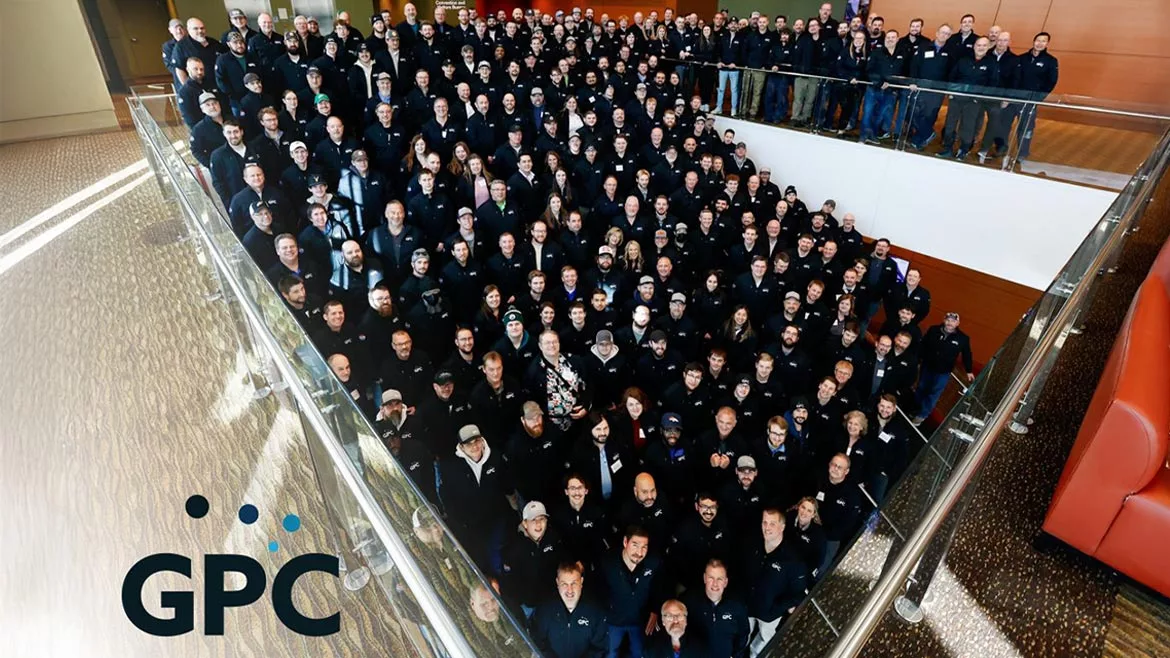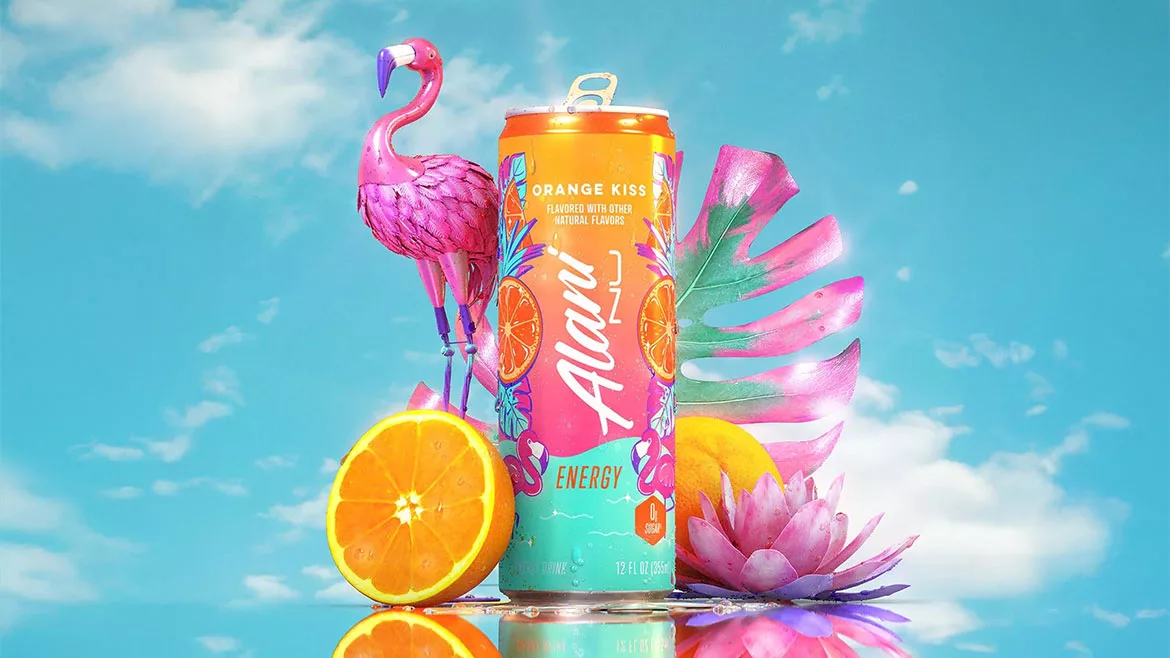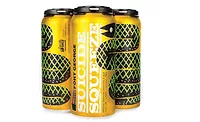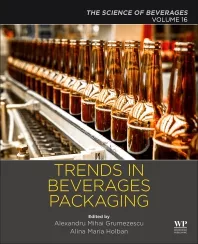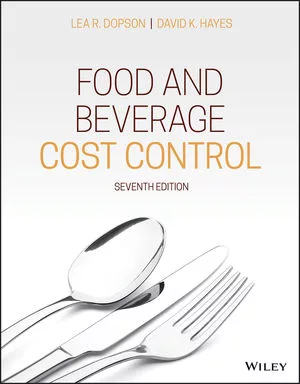Inks and coatings help beverage brands appeal to consumers
Technologies aid beverage-makers in sustainability efforts, brand originality

Image courtesy of INX International Ink Co.
When planning to get a tattoo, often times people will refer to it as “getting inked.” Whether there is a deep meaning or just for fun, “getting inked” is a way for people to show their personality and individuality.
In the beverage industry, brands use inks and coatings on packaging to highlight their persona and messaging.
Aluminum manufacturer Ball Corp., Westminster, Colo., is no stranger to special effects for beverage cans. Ball offers an array of cutting-edge special effects inks and finishes for cans, according to its website.
“We harness our innovative range of special finishes of ink, varnish or a combination of both — giving you value-added solutions for winning integrated campaigns that boost sales and loyalty,” its website says. “Can customization is creating cut-through right now, revolutionizing packaging that shines a spotlight on your brand, moving it from shelves and coolers into the hands of consumers.”
The manufacturer offers a host inks and coatings effects, including Day Glo, inks that are naturally bright and vibrant with or without UV light; Dynamark, a printing technology that affords individualization; EYERIS High Definition, a high-definition printing enabling higher halftone resolution, bringing detailed graphics and photographic imagery to life, and much more.
Inks and coatings suppliers for beverage brands consistently are searching for ways to help brand owners engage with consumers, but also in a sustainable manner. Schaumburg, Ill.-based INX International Ink Co. recently unveiled a handful of innovations.
At the Craft Brewers Conference and BrewExpo America this spring, INX showcased “bold ink solutions that help brands stand out while minimizing environmental impact,” it says. One of INX’s goals is to create packaging that captivates consumers.
“Craft beer drinkers often make purchasing decisions based on packaging design,” said Renee Schouten, vice president of marketing at INX, in a statement in advance of the show. “Our inks help breweries create visually striking cans and labels that grab attention and drive brand loyalty. Vibrant colors, unique finishes and cohesive branding across various formats are crucial to standing out on store shelves.”
INX also aims to create unified branding across multiple formats, from metal cans to wraparound labels and paperboard carriers. The inks ensure a consistent, vivid color and dependable performance, the company says, which can help beverage brands build stronger connections with their consumers through compelling, cohesive packaging.
Additionally, INX highlighted its dedication to providing sustainable innovations. This includes the company’s new Reduced Temperature Cure Ink. The new ink “significantly reduces energy use during printing and curing processes,” INX says.
The company featured its AP Series 2-Piece Beverage Can Ink and its EcoCan Ink, which it notes is the industry’s first and only beverage can ink to receive a Gold Level Material Health Certificate from the Cradle-to-Cradle Products Innovation Institute. Also featured at the conference was its INXhrc natural-based inks that are formulated with renewable ingredients that replace petrochemically derived materials.
INX attended Cannex Fillex in Denver, where it shared new metal packaging inks. Specifically, INX showcased its INXJet MDLM UV Curable Inkjet ink, which is a regulatory solution that the company says raises the bar for digital can decorators.
“Brand owners who place emphasis on outstanding print quality, performance and efficiency will discover how this inkset is the perfect solution,” Schouten said in a statement. “The INXJet MDLM platform is engineered for seamless compatibility with a variety of printhead technologies, so they can expect to see bolder colors, sharper details and greater image clarity.”
More recently, INX introduced additions to its sustainable inks portfolio at FORUM INFOFLEX in Pittsburgh. The company showed off its Genesis Washable inks, which enables PET recycling, INX notes.
“Traditional inks can contaminate PET and reduce its reuse value, but our Genesis washable inks are de-inkable from cPET films and floatable with roll-fed OPP labels in the recycling process,” Schouten said in a statement. “There is minimal bleed in the caustic wash solution and a reduced impact on recycled PET discoloration.”

With the INXhrc natural-based, INXFlex Contour and GelFlex EB line of inks, INK’s says its line of Innova Plus NCF nitrocellulose-free flexographic inks provide another important option to answer new regulatory measures and enable recycling.
“New packaging regulations in Europe and recycling initiatives in the United States have raised recycling standards, so converters and brand owners must ensure that all packaging components, including ink, supports these goals,” Schouten said in a statement. “Innova Plus NCF was specifically developed for mono-material packaging to help meet recyclability targets. It is a proven, universal solution that gives you reliable performance without sacrificing quality.”
Chromatic Technologies Inc. (CTI), Colorado Springs, also provides inks solutions for beverage brands. The iconic blue mountains on a Coors Light can, which signal to the consumer that the beverage is “as cold as the Rockies” and ready for consumption, come from CTI’s color-changing thermochromic ink technology.
CTI offers thermochromic ink, photochromic ink, hybrid ink (a combination of thermochromic and photochromic), glow-in-the-dark ink, high-pressure processing (HPP) ink, masterbatch activation technology and more.
Earlier this year, CTI received formal recognition from The Association of Plastic Recyclers (APR) for its Solvent-borne glow-in-the-dark and thermochromic products, as well as its UV-curing glow-in-the-dark and thermochromic products.
This recognition underscores CTI’s commitment to sustainability, responsible design and dedication to its customers and partners, it says.
“APR congratulates Chromatic Technologies, Inc. for taking action to improve the recyclability of their packaging and taking steps to receive APR Design Recognition,” said Steve Alexander, APR president and CEO, in a statement. “Recyclable packaging means less waste, more efficient use of limited natural resources and more high-quality post-consumer resin (PCR) for new products.”
A market overview
All of these innovations come at a time when inks and coatings are highly in demand. Market Research Future, New York, published a report in May titled “Global Packaging Inks and Coatings Market.” The report notes that the packaging inks and coatings market size in the United States reached $24.6 billion in 2024 and is expected to reach $25.7 billion this year.
The report spotlights various trends contributing to this demand, with two notable trends: innovative packaging solutions driven by the eCommerce industry and consumer desire for sustainable packaging.
“Rigid packaging, such as metal and plastic containers, remains the dominant segment, while the flexible packaging segment is growing due to its lightweight and cost-effective properties,” the report notes. “Advancements in printing technologies, such as digital printing and inkjet printing, are enabling customized and high-quality packaging design.”
Water-based and UV-curable inks and coatings also are growing in popularity, Market Research Future shares, emphasizing the popularity of sustainable and environmentally friendly packaging solutions. The research firm notes that consumers today are more likely to buy from brands that align with their values, and this includes brands utilizing sustainable packaging materials.
The report also points to advancements in printing technologies, particularly in digital printing. Digital printing, from flexographic printing to gravure printing, is gaining popularity “due to its versatility, cost-effectiveness and ability to produce high-quality prints on various substrates,” it says.
eCommerce and online retail also have impacted inks and coatings, because it means more products are being shipped by mail. This means products must have durable, protective packaging, the report adds.
“This includes, but is not limited to, the need for inks that do not fade or scratch and are water-resistant — that is, inks that can resist any environmental factor,” it states. “Both inks and coatings that have barrier properties, securing a longer shelf life of the product, are also in demand. It is expected that, as eCommerce keeps increasing, the need for adequate packaging inks and coatings will be driving the market.”
The report notes that the market is expected to reach $33.7 billion by 2032, driven by the increased need for packaged food and beverages and the desire for sustainable packaging.
With these predictions, it is evident that those in the inks and coatings market are up for the challenge of appealing to consumers through unique brand packaging technologies and eco-friendly solutions.
Looking for a reprint of this article?
From high-res PDFs to custom plaques, order your copy today!

